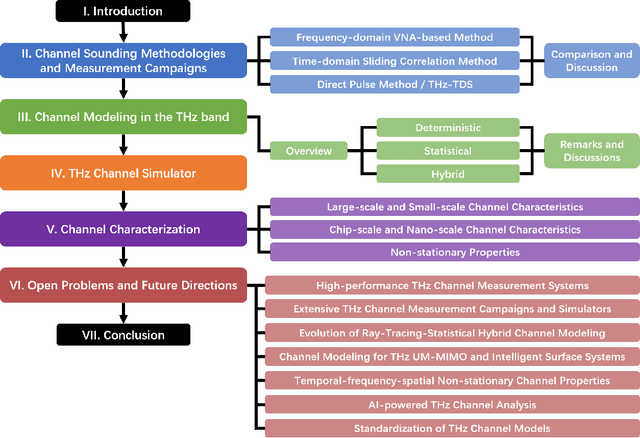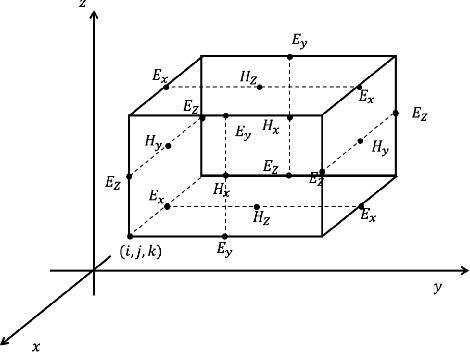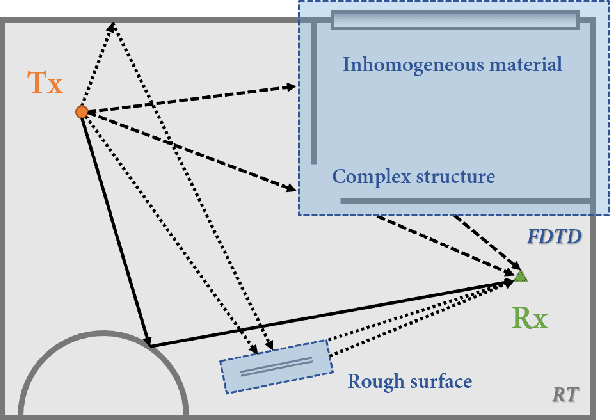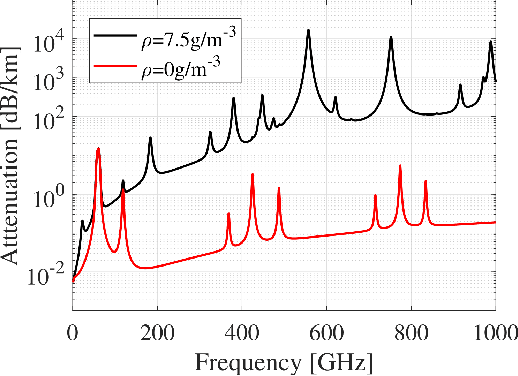Thomas Kürner
Use Cases for Terahertz Communications: An Industrial Perspective
Jan 07, 2025



Abstract:Thanks to the vast amount of available resources and unique propagation properties, terahertz (THz) frequency bands are viewed as a key enabler for achieving ultrahigh communication performance and precise sensing capabilities in future wireless systems. Recently, the European Telecommunications Standards Institute (ETSI) initiated an Industry Specification Group (ISG) on THz which aims at establishing the technical foundation for subsequent standardization of this technology, which is pivotal for its successful integration into future networks. Starting from the work recently finalized within this group, this paper provides an industrial perspective on potential use cases and frequency bands of interest for THz communication systems. We first identify promising frequency bands in the 100 GHz - 1 THz range, offering over 500 GHz of available spectrum that can be exploited to unlock the full potential of THz communications. Then, we present key use cases and application areas for THz communications, emphasizing the role of this technology and its advantages over other frequency bands. We discuss their target requirements and show that some applications demand for multi-Tbps data rates, latency below 0.5 ms, and sensing accuracy down to 0.5 cm. Additionally, we identify the main deployment scenarios and outline other enabling technologies crucial for overcoming the challenges faced by THz system. Finally, we summarize the past and ongoing standardization efforts focusing on THz communications, while also providing an outlook towards the inclusion of this technology as an integral part of the future sixth generation (6G) and beyond communication networks.
Practical Trustworthiness Model for DNN in Dedicated 6G Application
Jul 10, 2023Abstract:Artificial intelligence (AI) is considered an efficient response to several challenges facing 6G technology. However, AI still suffers from a huge trust issue due to its ambiguous way of making predictions. Therefore, there is a need for a method to evaluate the AI's trustworthiness in practice for future 6G applications. This paper presents a practical model to analyze the trustworthiness of AI in a dedicated 6G application. In particular, we present two customized Deep Neural Networks (DNNs) to solve the Automatic Modulation Recognition (AMR) problem in Terahertz communications-based 6G technology. Then, a specific trustworthiness model and its attributes, namely data robustness, parameter sensitivity, and security covering adversarial examples, are introduced. The evaluation results indicate that the proposed trustworthiness attributes are crucial to evaluate the trustworthiness of DNN for this 6G application.
Terahertz Wireless Channels: A Holistic Survey on Measurement, Modeling, and Analysis
Nov 08, 2021



Abstract:Terahertz (THz) communications are envisioned as a key technology for sixth generation (6G) wireless systems. The study of underlying THz wireless propagation channels provides the foundations for the development of reliable THz communication systems and their applications. This article provides a comprehensive overview of the study of THz wireless channels. First, the three most popular THz channel measurement methodologies, namely, frequency-domain channel measurement based on a vector network analyzer (VNA), time-domain channel measurement based on sliding correlation, and time-domain channel measurement based on THz pulses from time-domain spectroscopy (THz-TDS), are introduced and compared. Current channel measurement systems and measurement campaigns are reviewed. Then, existing channel modeling methodologies are categorized into deterministic, stochastic, and hybrid approaches. State-of-the-art THz channel models are analyzed, and the channel simulators that are based on them are introduced. Next, an in-depth review of channel characteristics in the THz band is presented. Finally, open problems and future research directions for research studies on THz wireless channels for 6G are elaborated.
Feasibility Analysis of Fifth-generation (5G) Mobile Networks for Transmission of Medical Imaging Data
Jul 30, 2021



Abstract:Next to higher data rates and lower latency, the upcoming fifth-generation mobile network standard will introduce a new service ecosystem. Concepts such as multi-access edge computing or network slicing will enable tailoring service level requirements to specific use-cases. In medical imaging, researchers and clinicians are currently working towards higher portability of scanners. This includes i) small scanners to be wheeled inside the hospital to the bedside and ii) conventional scanners provided via trucks to remote areas. Both use-cases introduce the need for mobile networks adhering to high safety standards and providing high data rates. These requirements could be met by fifth-generation mobile networks. In this work, we analyze the feasibility of transferring medical imaging data using the current state of development of fifth-generation mobile networks (3GPP Release 15). We demonstrate the potential of reaching 100 Mbit/s upload rates using already available consumer-grade hardware. Furthermore, we show an effective average data throughput of 50 Mbit/s when transferring medical images using out-of-the-box open-source software based on the Digital Imaging and Communications in Medicine (DICOM) standard. During transmissions, we sample the radio frequency bands to analyse the characteristics of the mobile radio network. Additionally, we discuss the potential of new features such as network slicing that will be introduced in forthcoming releases.
 Add to Chrome
Add to Chrome Add to Firefox
Add to Firefox Add to Edge
Add to Edge